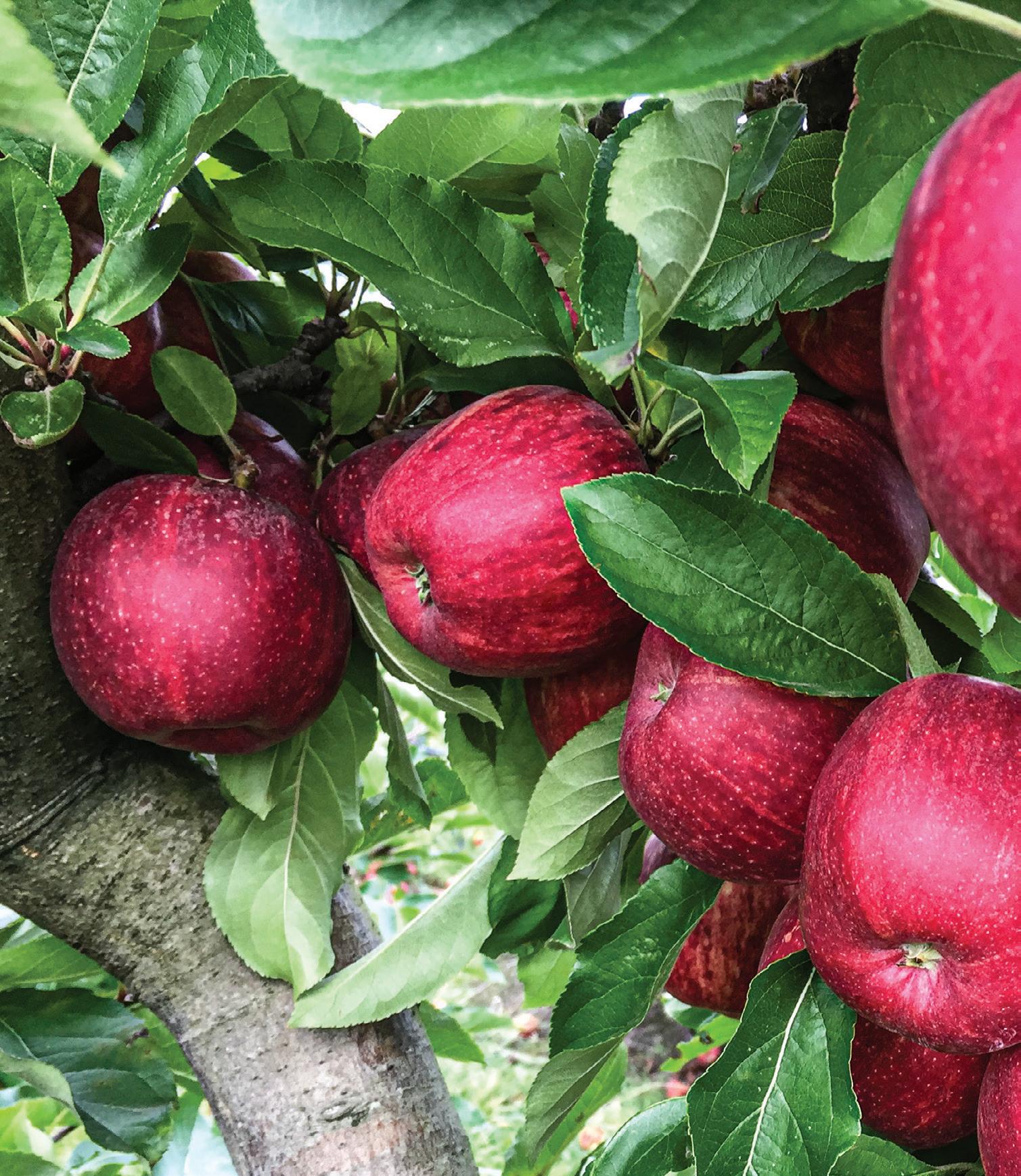NUTRITION
More than just chicken feed During the 1990’s the writing was on the wall that routine antibiotic use in commercial animal production would be restricted or banned. Concern was growing that antibiotic resistance would be accelerated by over-use in livestock, limiting their effectiveness in human health. The pressure was on to find an alternative though, as disease can easily spread amongst large numbers of animals in close proximity to one another. Attention turned to naturally occurring compounds that might lessen the growth of pathogens or limit their effects on the animal. The clock was turned back as researchers screened essential oils – some of the key active components in herbal remedies - that had been largely forgotten when antibiotics emerged. A range of essential oils were investigated and refined specifically to help commercial poultry and pig farmers cope with the potential challenges of intensive farming. Essential oils have been found to favour beneficial bacteria in the later sections of the gastrointestinal tract, such as the Lactobacillus species which has been associated with improved performance and less opportunity for harmful microbes to proliferate. They help the good bugs overpower the bad bugs. Essential oils were found to work well in combination with organic acids. These natural acidifiers lower the pH in the crop and gizzard of chickens and reduce the potential for harmful bacteria like e-coli, salmonella and clostridia to grow. Salmonella in particular constitutes a serious
WWW.FARMLANDS.CO.NZ
| Essential oils are influential in reducing bad bacteria and promoting good bacteria in free-ranging birds.
public health concern through the consumption of contaminated eggs and meat. Some strains of salmonella can damage the villi in the intestine and reduce nutrient absorption but also cause severe infections resulting in loss of productivity and even death. In layers, better gut health improves performance, length of peak lay and improves feed conversion but also increases the safety of the eggs.
to stresses that housed flocks are sheltered from. Breeders are making annual incremental improvements to the laying ability of birds, so the chances are that day-old chicks or pullets purchased from commercial hatcheries have great genetic potential. Heritage breeds may lay shorter clutches and take longer breaks but can often keep producing for many years and need support as they age.
Remedies developed for commercial poultry might seem over the top for backyard and free-range layers living in small flocks with less social and physical pressure. Ironically the freedom to roam presents other challenges and exposes birds to potentially more harmful microbes than intensive units with an all-in all-out policy and very tight environmental control programmes. Vermin and especially wild birds have more opportunity to contaminate the environment of free-range birds. Foraging can increase diet variability and the weather can expose birds
NRM Peck ‘n’ Lay is more than just good quality energy, protein, minerals and vitamins. Manufactured in Feedsafe accredited mills, it is fortified with a blend of protected, microencapsulated essential oils and organic acids, so free-ranging birds that enjoy a stable family life in small flocks can benefit from research aimed to help their intensively farmed predecessors. For more information, contact your Farmlands Technical Field Officer or the friendly team at your local Farmlands store. Article Supplied by Dr Rob Derrick Head of Nutrition and Animal Health
Farmlands Co-operative Society Limited | © November 2020. All rights reserved.
THE FARMLANDER | 33














